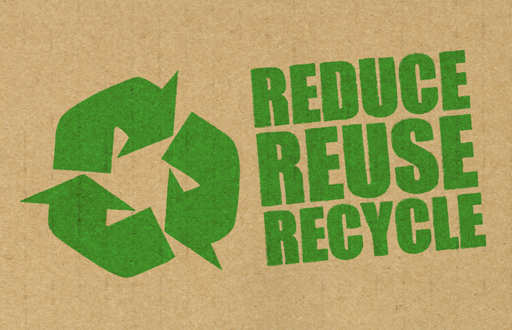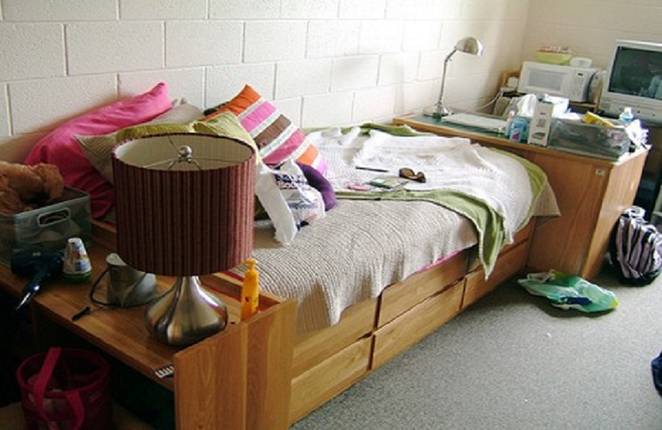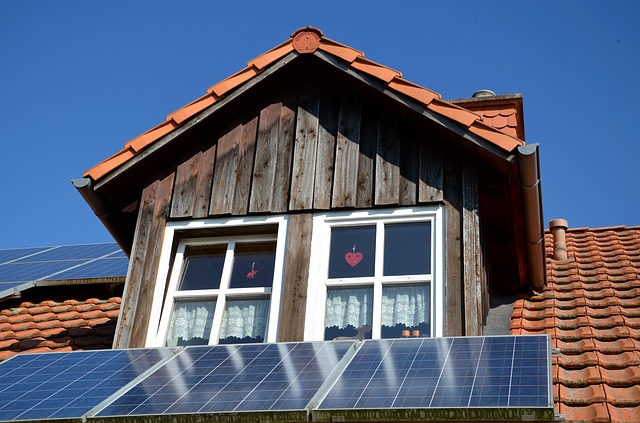JESSICA HUPP 15 AUG 2007
From daily smog to the rising threat of global warming, it’s pretty obvious that we all need to clean up our act a little. Much has been said about how to go about doing this at home, but what about in the workplace? Copiers, computers, even old floppy disks, can make a huge impact on the environment. Here’s are a few ways to reduce your office’s effect.
Paper and printing products
Nearly every office, large or small, relies on large quantities of paper. Check out these tips to help reduce the amount of paper and printing products that are used at your workplace.
- Use both sides of paper: When making copies, set your machine to use both sides of paper and cut your consumption in half.
- Shred and reuse unwanted paper: Instead of throwing away old documents, shred them and reuse them as packing material in shipments.
- Reuse boxes: When you get shipments in, save your boxes so that you can use them again for shipments out.
- Offer paper recycling: Put a paper recycling receptacle next to every printer, copier and fax machine so that employees can deposit unwanted paper in them. Discuss recycling with your cleaning crew or appoint a person to bring your paper to a recycling center each week.
- Avoid color printing: Color printing generally uses more ink, so print in black and white when you can.
- Print in draft mode: To conserve even more ink, print in draft mode. It will generally lighten the shade, but you’ll still be able to read your copy clearly.
- Buy paper wisely: Create a policy to buy only chlorine-free paper with a high percentage of recycled content.
- Consider alternative paper: Think about buying paper made from hemp, bamboo or organic cotton.
- Buy recycled toner and ink: Cartridges contribute metal and plastic to landfills, but buying toner and ink that’s refilled can help alleviate this environmental burden.
- Distribute memos via email: Instead of printing out memos for distribution, email them and let employees decide whether or not they wish to print them.
- Store manuals, policies and other documents online: Don’t print out huge employee handbooks. Allow employees to access PDF copies at their leisure.
- Provide air dryers in the bathroom and common areas: Reduce paper towel waste by providing air dryers as an alternative. Take it a step further and provide reusable towels.
- Reduce margins: Reduce your margin settings so that your printer uses less paper.
Transportation
You may not consider commuting to be a part of your office’s environmental impact, but your transportation policies can make a large difference. Encourage telecommuting, biking, and other green transportation options by taking these steps.
- Encourage employees to walk or bike to work: Make walking or biking an easier option by offering showers and private changing areas at your office.
- Offer a bonus for green commuters: If employees agree to walk, bike, or take public transportation to work, offer them a small bonus for encouragement.
- Support alternative schedules: Allow employees to work longer hours, but fewer days, in order to let them stay at home once a week or more.
- Create a carpool program: Many of your employees may want to carpool, but don’t know where coworkers live or simply don’t have the courage to ask around. You can help by administering a program to get them connected.
- Offer telecommuting: If some or all of your employees’ work can be done at home, give them the option to telecommute.
- Encourage efficient vehicles: If you provide company cars to employees, consider purchasing hybrids. Additionally, encourage employees to rent hybrids or other high-efficiency cars when they take business trips.
- Videoconference: Whenever possible, try to videoconference instead of traveling to meetings.
- Offer bike parking: Provide employees with a secure space to park their bikes in order to encourage this mode of transportation.
Equipment
Manufacturing office equipment contributes greatly to reducing air quality and landfill waste. Consider these tips when you’re purchasing equipment for your business.
- Buy used furniture: When appointing your office, check out sites like Craigslist or FreeCycle for cheap or free used furniture. You can also check out remanufactured cubicles for both cost and environmental savings.
- Recycle floppy disks: Turn your old floppy disks into a pen cup or other useful storage unit.
- Buy used copiers and faxes: Manufacturing equipment like copiers and faxes creates lots of waste. Buy used equipment to eliminate waste, but make sure that they are still efficient.
- Unplug equipment when not in use: Encourage employees to shut down and unplug copiers, printers and other equipment when they leave the office every evening.
- Recycle your e-waste.: Cell phones, computers, printers and other equipment can often be recycled. Look for recycling programs in your area that accept these kinds of materials.
- Buy high-quality equipment: When buying equipment, be sure to purchase something that will last and not become obsolete quickly. That way, you’ll avoid having to buy new equipment and contributing to manufacturing waste.
Electricity
Small changes in air conditioning, lighting, and fixtures can make a huge difference in your energy consumption. Follow these guidelines to save the environment and save on your electricity bill.
- Change your thermostat: Set your thermostat a few degrees lower in the winter and a few degrees higher in the summer. Encourage employees to bring personal fans and sweaters to ensure that they stay comfortable.
- Switch to compact fluorescent bulbs: As your current light bulbs burn out, replace them with compact fluorescent bulbs. They are more efficient and last much longer than traditional bulbs.
- Buy from a green energy company: Many utility companies generate their electricity using wind or other alternative energy sources. Consider purchasing your electricity from one of these companies.
- Create an after hours and weekend thermostat setting: If you know your employees aren’t going to be in the office, create a setting that conserves more energy during these hours. Be sure to allow an override function so that it can be changed if someone decides to come in to work.
- Turn off lights when not in use: Ask employees to turn off lights when they leave. Invest in automatic switches in places like the bathroom and supply areas so that they turn on and off whenever someone enters or leaves the room.
- Take advantage of natural lighting: Install windows and skylights so that you can use natural daytime light instead of electrical lighting.
- Buy Energy Star fixtures: When buying fixtures, look for the Energy Star label to save at least two-thirds less energy than regular ones.
- Unplug vending machines: When your office goes on vacation or leaves for the weekend, unplug vending machines.
Computers
Like other appliances, computers can be major energy hogs. Adjust screen savers, energy plans and quality to streamline your company’s computer efficiency.
- Unplug computers when not in use: Encourage employees to shut down and unplug their computers when they leave the office for the day.
- Buy for quality: When shopping for computers, buy units that will last and avoid becoming obsolete too quickly. This way, you’ll avoid contributing to e-waste.
- Buy for energy savings: When shopping, be sure to ask if your computers, monitors and printers are energy efficient.
- Give your computer a nap: Ask your IT department to set your computers to go to sleep when not in use. Creating short energy breaks can cut energy use by up to 70 percent.
- Banish screen savers: Make sure that employees know screen savers won’t save energy. They eat up lighting and processing energy. Instead, set screen savers to “none” or “blank screen.”
- Buy smaller monitors: You can reduce your monitor’s consumption by up to 30% by using a 2 inch smaller monitor.
- Consider laptops: Consider buying laptops instead of desktops, as they generally use less energy and are more efficiently made.
Miscellaneous
Every little thing adds up when it comes to office waste. Check out these tips for even more ways to reduce your consumption at work.
- Use simple cleaning supplies: Discuss cleaning supplies with your maintenance crew. Ask them to consider using cleaners like baking soda or vinegar instead of commercial products.
- Do the dishes: Provide reusable dishes, silverware and glasses for luncheons.
- Provide filtered water: Instead of bottled water, provide employees with filtered drinking water and reusable cups.
- Install low-flow faucets and toilets: Help conserve water by installing low-flow faucets and toilets in restrooms and other common areas. This will also help conserve electricity by reducing your water heater’s output.
- Buy local, organic coffee and tea: If you provide coffee or tea service to employees, be sure that it’s local and organic to reduce your environmental impact.
- Consider office sharing: If you have a number of employees that don’t use the office regularly, consider assigning offices based on a schedule. You’ll save on utilities, equipment, furniture and more.
- Plant a tree for gifts: In lieu of sending a holiday gift to clients, plant a tree in their name.
- Buy sugar and cream dispensers: Avoid paper packets and save waste by offering employees sugar and cream in large dispensers.





